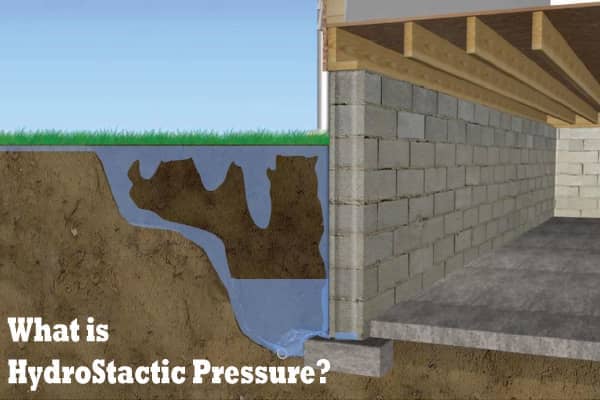All about Best Basement Waterproofing
All about Best Basement Waterproofing
Blog Article
Best Basement Waterproofing for Dummies
Table of ContentsA Biased View of Best Basement WaterproofingBest Basement Waterproofing Fundamentals ExplainedSee This Report on Best Basement Waterproofing6 Easy Facts About Best Basement Waterproofing Described7 Simple Techniques For Best Basement Waterproofing
AdvantaClean's trained experts and service technicians will find the water source. If wall surface or piece cracks are existing, we will certainly infuse polyurethane and epoxies right into the cracks and secure the concession, avoiding additional moisture from going into.If there's condensation outside of the foil, you have high humidity in your cellar. Fix it with a mobile space dehumidifier or a whole-house humidifier system instead of waterproofing items. If the foil has condensation on the inside surface (alongside the wall), the dirt around your house may be naturally damp from a high water table or poor soil drainage.
You can waterproof simply your indoor walls, which might solve the trouble. Once they dry, they adhere completely to concrete and masonry wall surfaces.
Best Basement Waterproofing Fundamentals Explained
Concrete waterproof layers can't be used to previously painted surface areas; inspect the label. Recognized as densifiers, they are appropriate only for wall surfaces that have not been repainted or secured.
You brush, roll, or spray it on much more thickly one gallon covers simply 75 square feet, not the 300 square feet normal with basic paint. Water resistant paint is great for DIY application. You can use it over repainted surface areas, and paint over it once it's cured (one gallon expenses $37).
It can cost $10,000 to $15,000, depending on the job required. Exterior waterproofing involves digging deep into all around the house to the full depth of the foundation walls, after that installing a water-proof layer or membrane layer covered by drain panels.
A cellar without waterproofing is kind of like that. Your basement doesn't desire to go via a downpour without correct security simply as much as you do not want to.
All about Best Basement Waterproofing
If you've done your research study, you 'd understand there are 2 kinds of waterproofing: inside and outside. It can obtain puzzling what they both mean, which one's a much better investment, and what will really keep the water out. Don't stress, we published here assembled this blog site to conveniently specify both techniques for you and review the benefits and drawbacks of each.
Exterior waterproofing is a waterproofing technique that includes sealing your home from the exterior. The foundation wall surfaces are then cleansed, secured, and covered with a waterproof membrane or sealer.

The Only Guide to Best Basement Waterproofing
It's a more involved process that calls for digging up your lawn, which is expensive and time-consuming. Outside waterproofing entails removing everything surrounding your house, consisting of decks, driveways, sidewalks, landscaping, air conditioning units, decks, and more. If any one of the work was done improperly and water is still entering your cellar, there isn't much you can do to correct or fix it.
Inside cellar waterproofing includes waterproofing from the inside. Any type of water that leaks into your basement is rerouted before it touches your flooring.
It's an effective approach to water-proof your cellar - Best Basement Waterproofing. The drawback of interior cellar waterproofing mainly involves the installation procedure. This technique requires stored products, furnishings, and built-in shelving or cupboards to be relocated from touching the basement wall surfaces. And during installment, your cellar can't be utilized. The largest distinction between both approaches is this: Outside waterproofing is a preventative remedy and indoor waterproofing is a restorative remedy.
4 Easy Facts About Best Basement Waterproofing Shown
Finally, exterior and indoor cellar waterproofing this link are both effective methods of shielding your home from water damages. Outside waterproofing develops a barrier that prevents water from entering your home, while interior waterproofing redirects water that does enter your home. And it is necessary to note that exterior waterproofing is an expensive and disruptive installment process when compared to indoor waterproofing.
Whichever approach you pick, see to it you select a reliable and credible contractor for the work. Both approaches need experienced employees to find here handle the work. If you have any type of questions regarding cellar waterproofing, please get to out to us. And if you remain in our service location and have water in your cellar, call us for a free, no-obligation home assessment.
You can fill in our type here, start a conversation in the lower right-hand edge, or call us at 1-800-827-0702.
Report this page